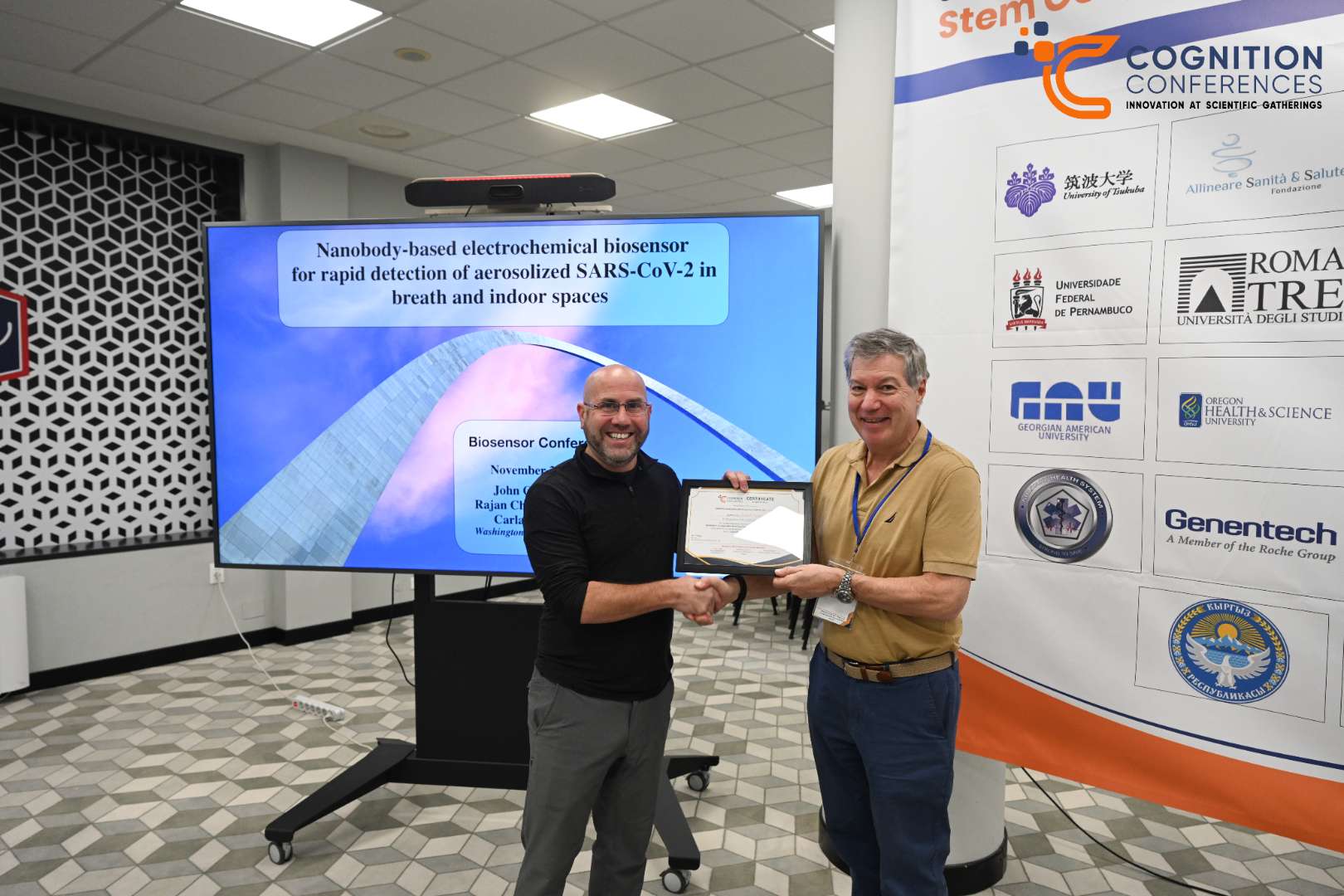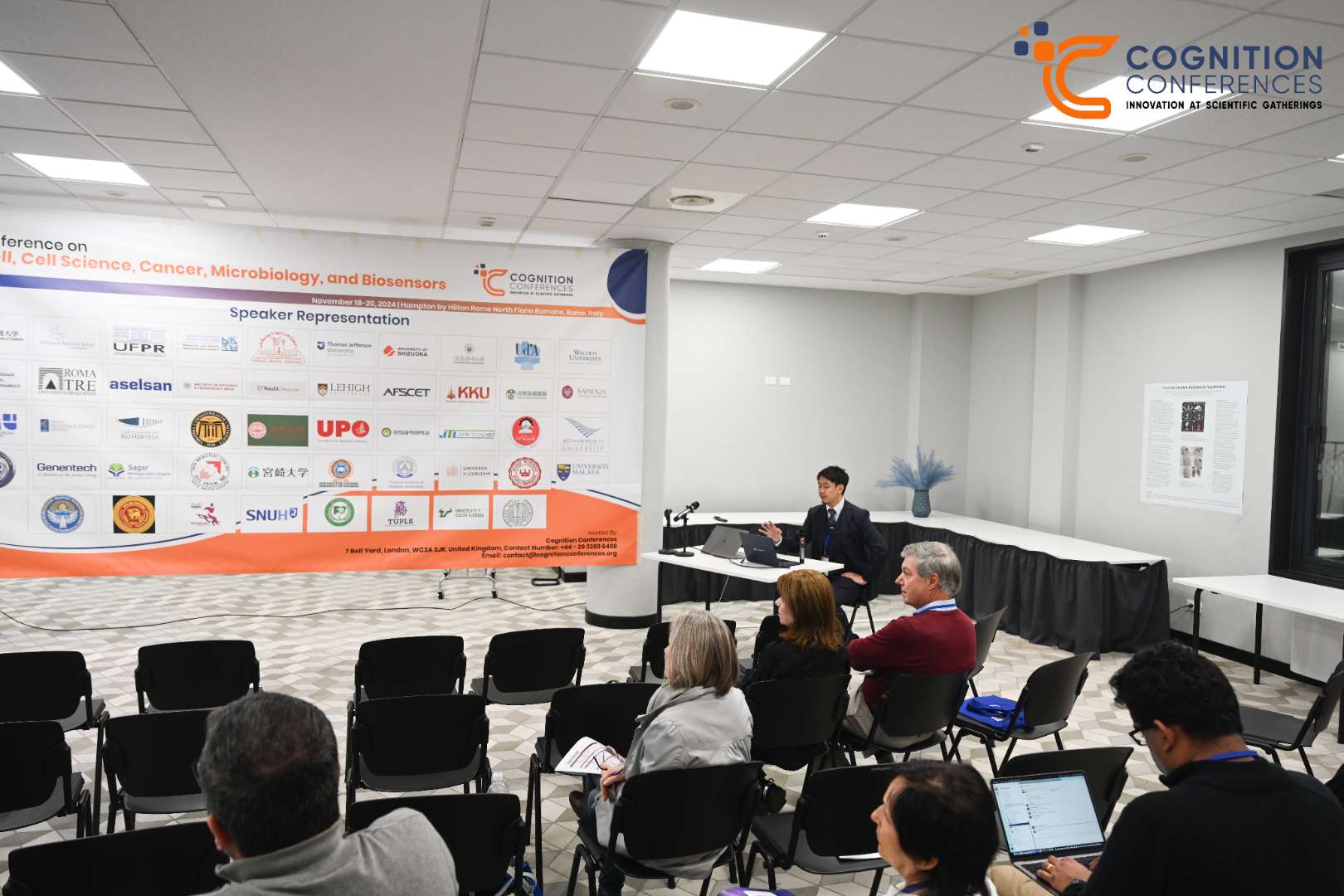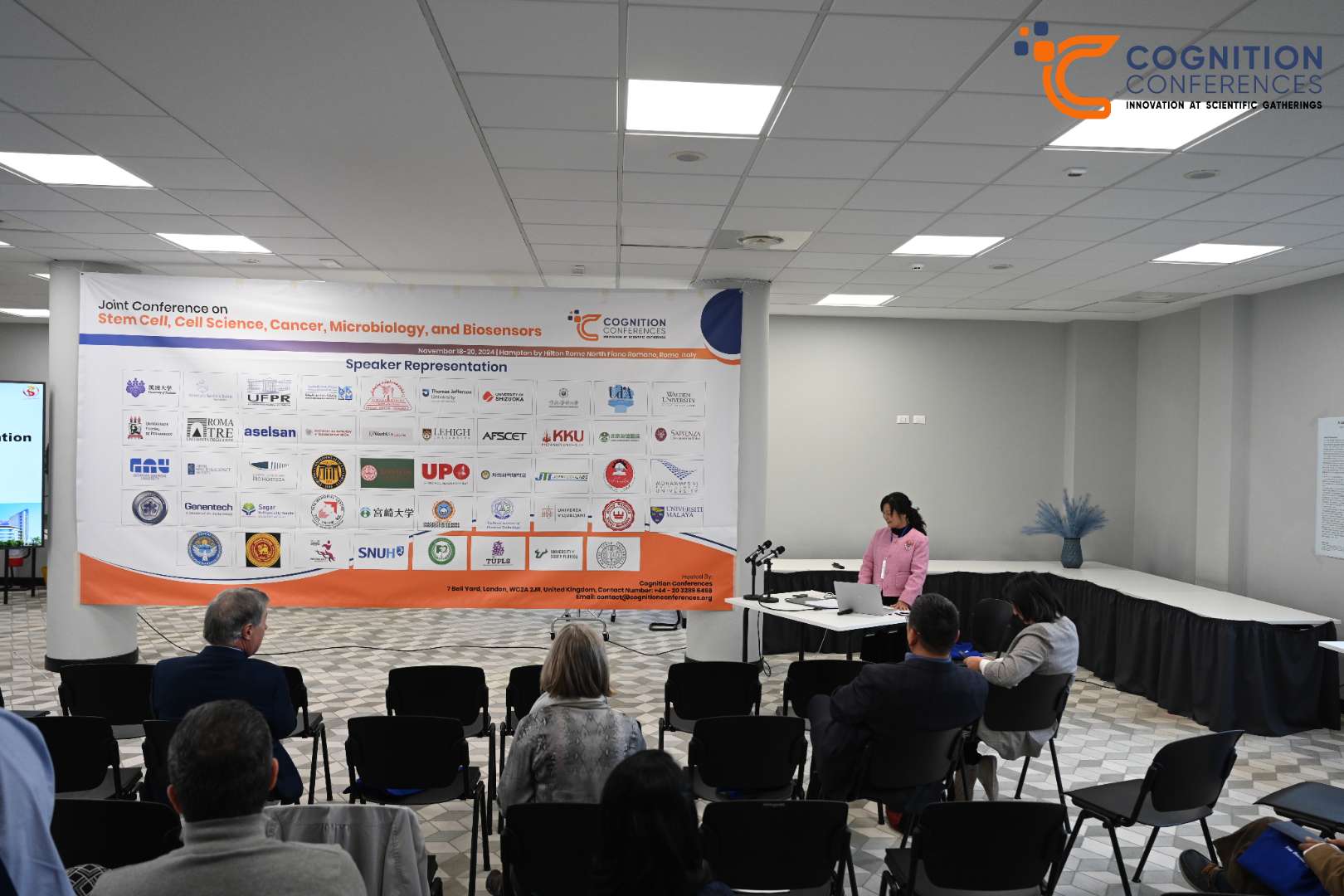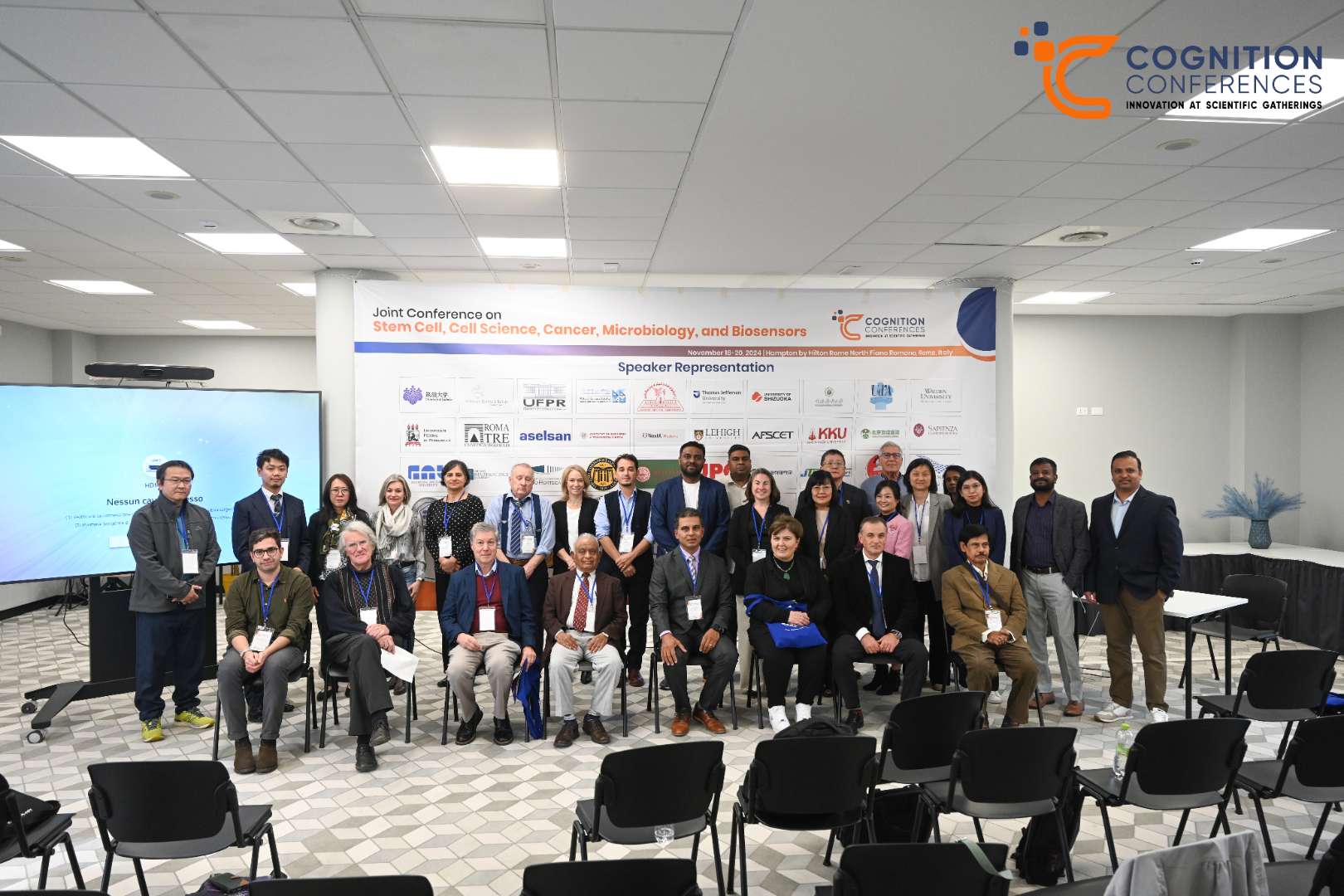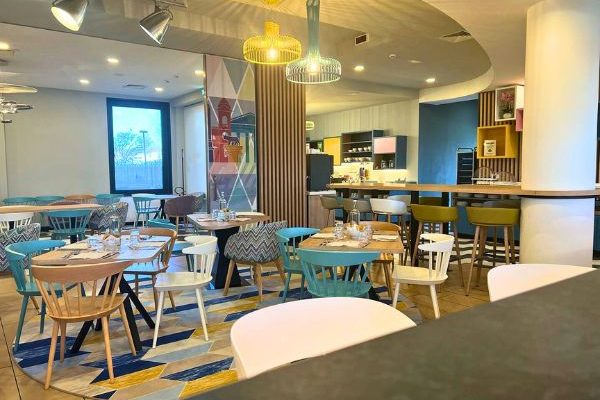Oxidative stress, a pathological state caused by an imbalance between reactive oxygen species (ROS) production and antioxidant defenses, is implicated in the progression of organ injury under chemical stress conditions. Antioxidants represent a diverse class of therapeutic agents that have demonstrated significant protective effects against organ damage across various pathological states. The complex plant extracts have been shown to yield comparable protective benefits, emphasizing the potential of these agents to attenuate disease progression and support homeostasis. Our investigation has encompassed a wide array of natural and synthetic antioxidants, as well as crude extracts, evaluated within experimental disease models. While the degree of efficacy varies considerably among different agents, the preliminary findings are promising and warrant further exploration. Ongoing research in this domain could unveil novel, more potent molecules suitable for adjunctive therapy in the management of various noncommunicable diseases, including neurological, hepatic, renal, and cardiovascular disorders. Moreover, the strategic combination of these antioxidants with specific pharmacotherapies has the potential to ameliorate drug- and disease-induced oxidative stress by effectively scavenging excessive reactive species generated in pathological conditions. This presentation will detail our experimental outcomes, with a particular focus on the effects of Cassia fistula plant extract in mitigating oxidative stress, inflammation, and fibrosis, thereby promoting cardio-renal health in a fludrocortisone-salt-induced cardiac damage rat model. Assessing our experimental findings, we propose that C. fistula extract, rich in polyphenols and flavonoids, has therapeutic promise in minimizing oxidative stress and preventing chemically induced cardiac damage. The study further implicates that the extract may have an impact on protecting other vital organs, as well.





